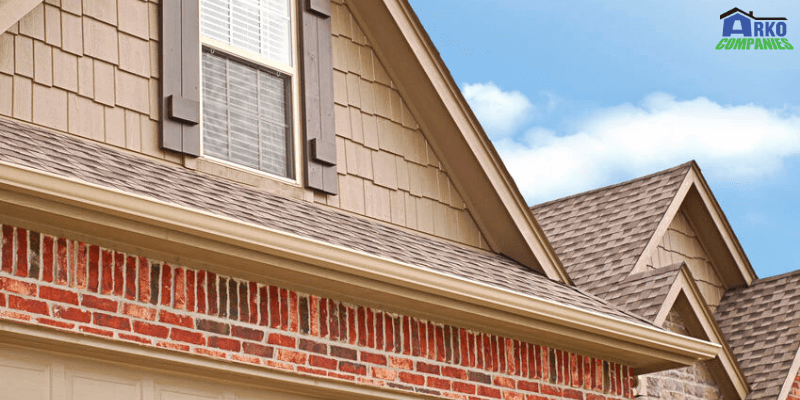Most people don’t think about the rooftop over their heads… until it springs a leak!
Typically, you’ll need to look in your attic for signs that there’s a hole in the roof. Is light coming through? Is water getting inside? You might need a roof replacement.
Check your records; When was the last time the roof was repaired or replaced? Most roofs last about 20 years.
Keep an eye on your rooftop to make sure its in ship-shape, especially after heavy storms. Shingles should lie flat against the roof; If you find patches that are cracked, damaged, or buckling, then repairs are in order. While you’re at it, check the gutters and downspouts for shingle granules—a roof that is losing a lot of granules may be on the last leg of its useful life.
The flashing around vents, bay windows, and stacks seals the creases of the rooftop from downpours and storms. Inspect these areas to ensure there are no splits or breaks. In older homes, flashing is made up of tar or roof cement but it is a good idea to upgrade to a metal flashing system for added strength.
Check the surface of your roof for indications of reeking dampness, spoiling sheets, or hanging spots—particularly at the bottommost extremes in the rooftop.
Moss is a potential enemy of roofs… and so is algae which forms dark streaks on roof decks. While this is not necessarily harmful to the rooftop, it has a bad look to it, so it should be removed with a water and bleach mix. Greenery on the roof shows there might be resilient dampness, which can ultimately demolish a rooftop over time.
Many a times, a rooftop can naturally arrive at the end of its valuable existence without encountering a rooftop failure– and that’s a good thing. However, perhaps it just looks old and worn… If so, it might be time for a new roof!

